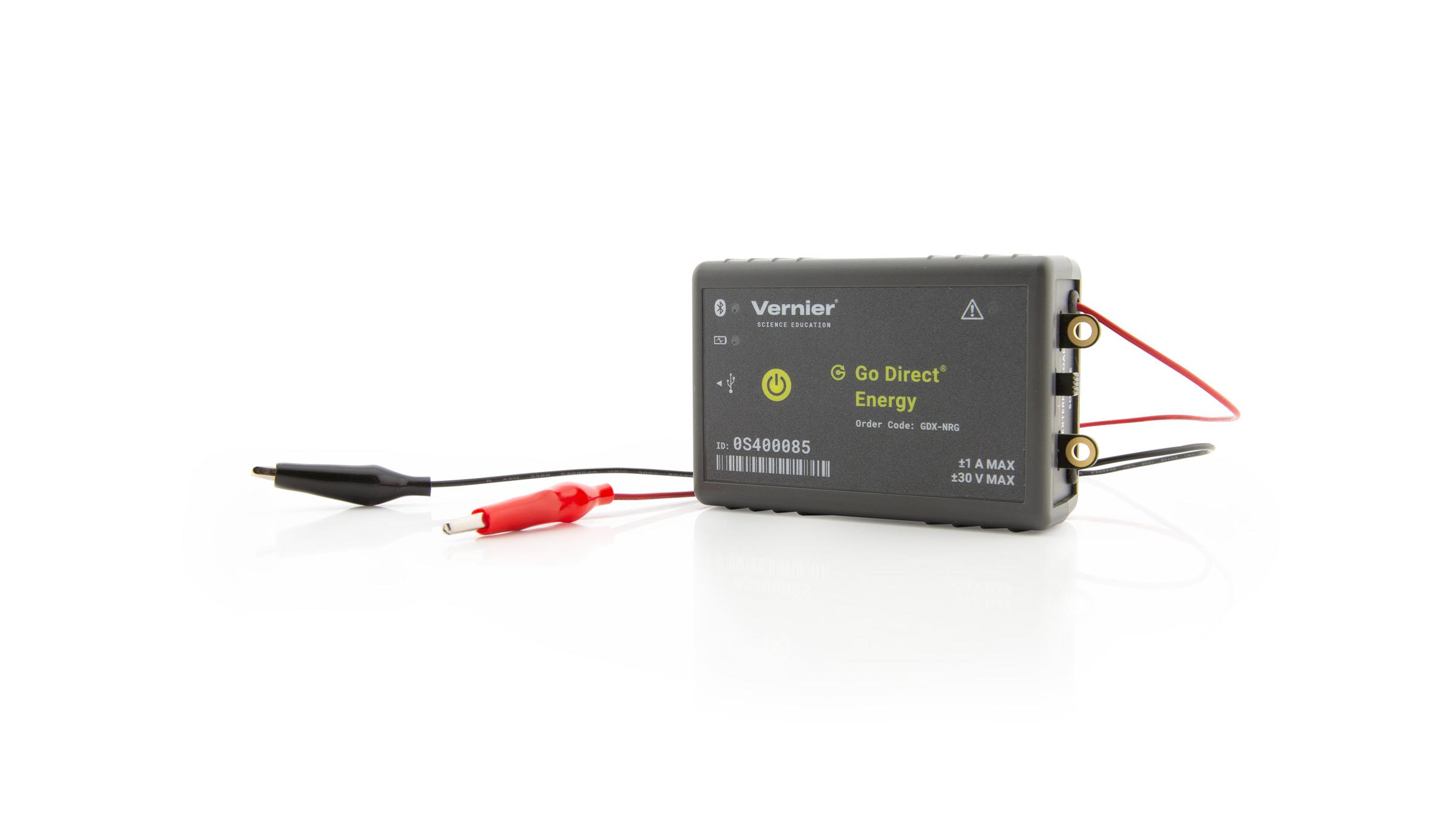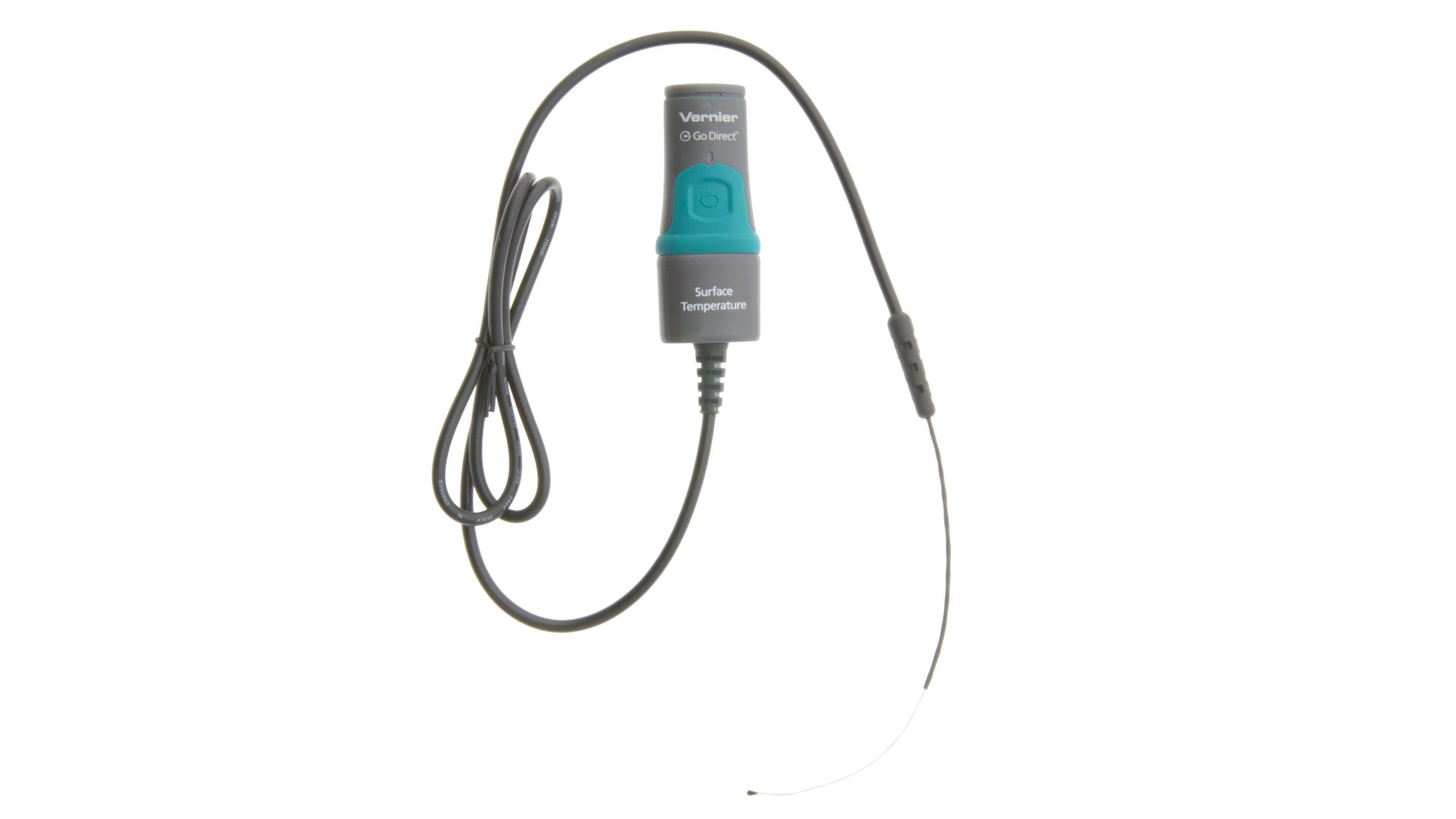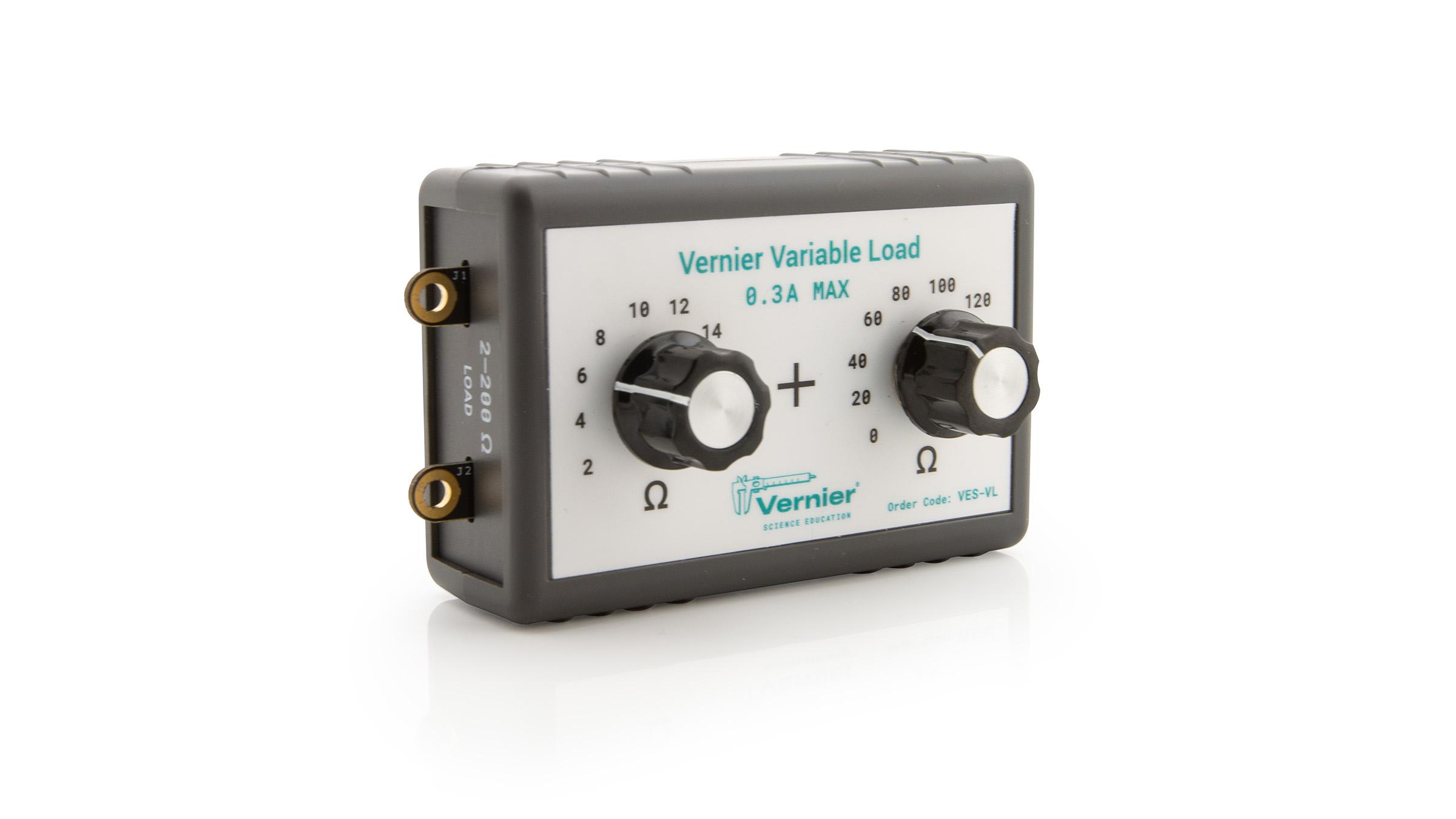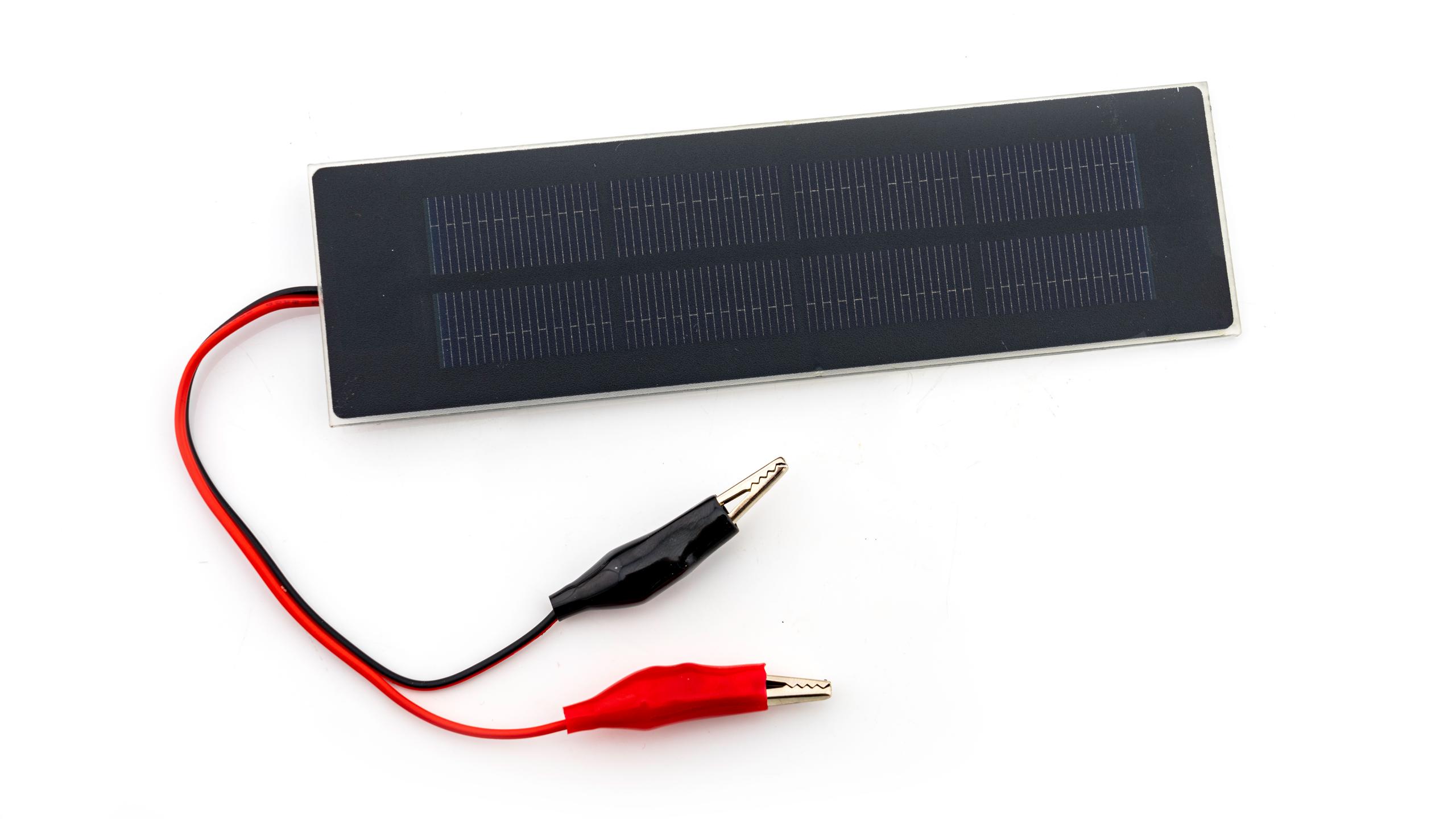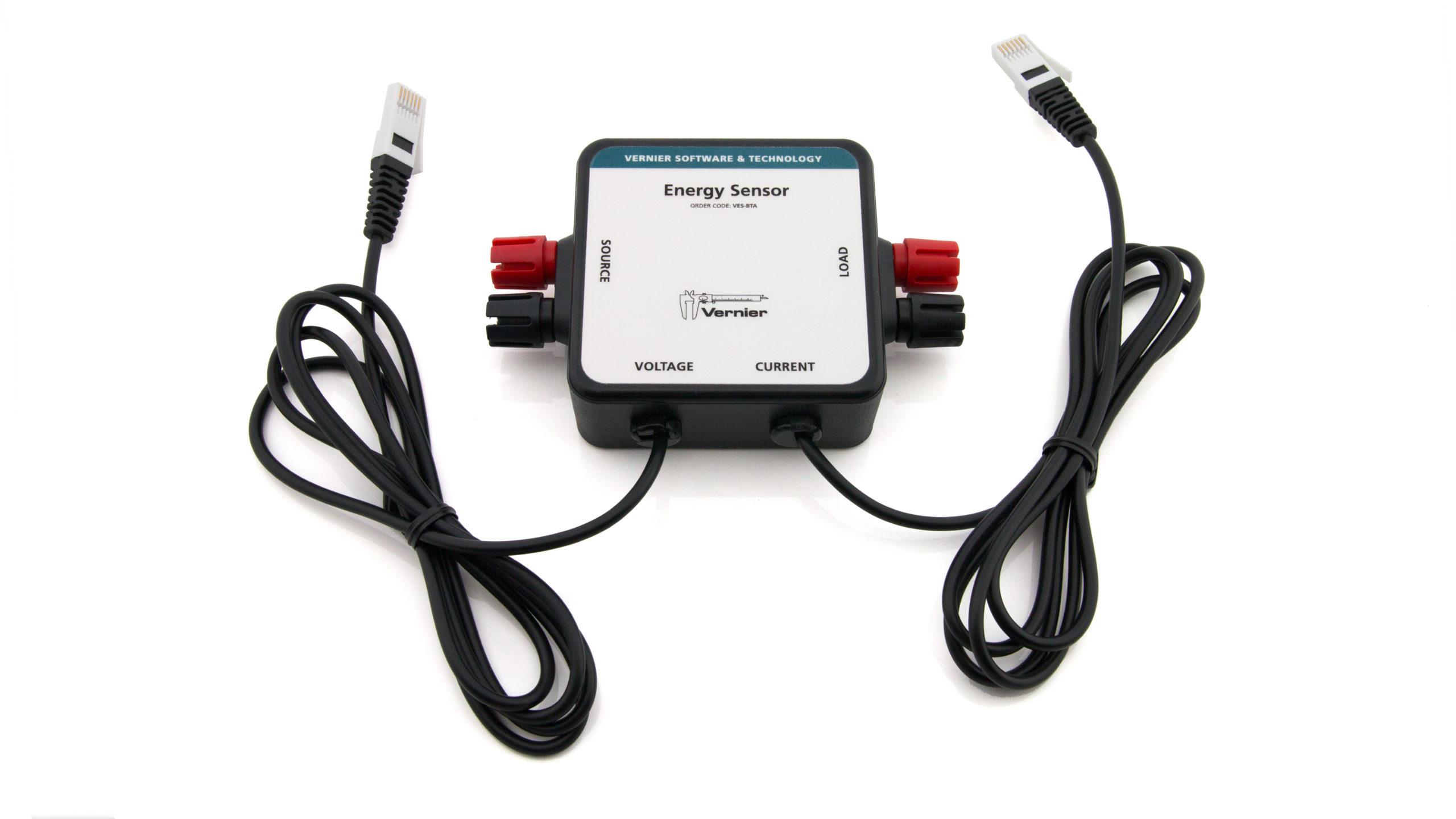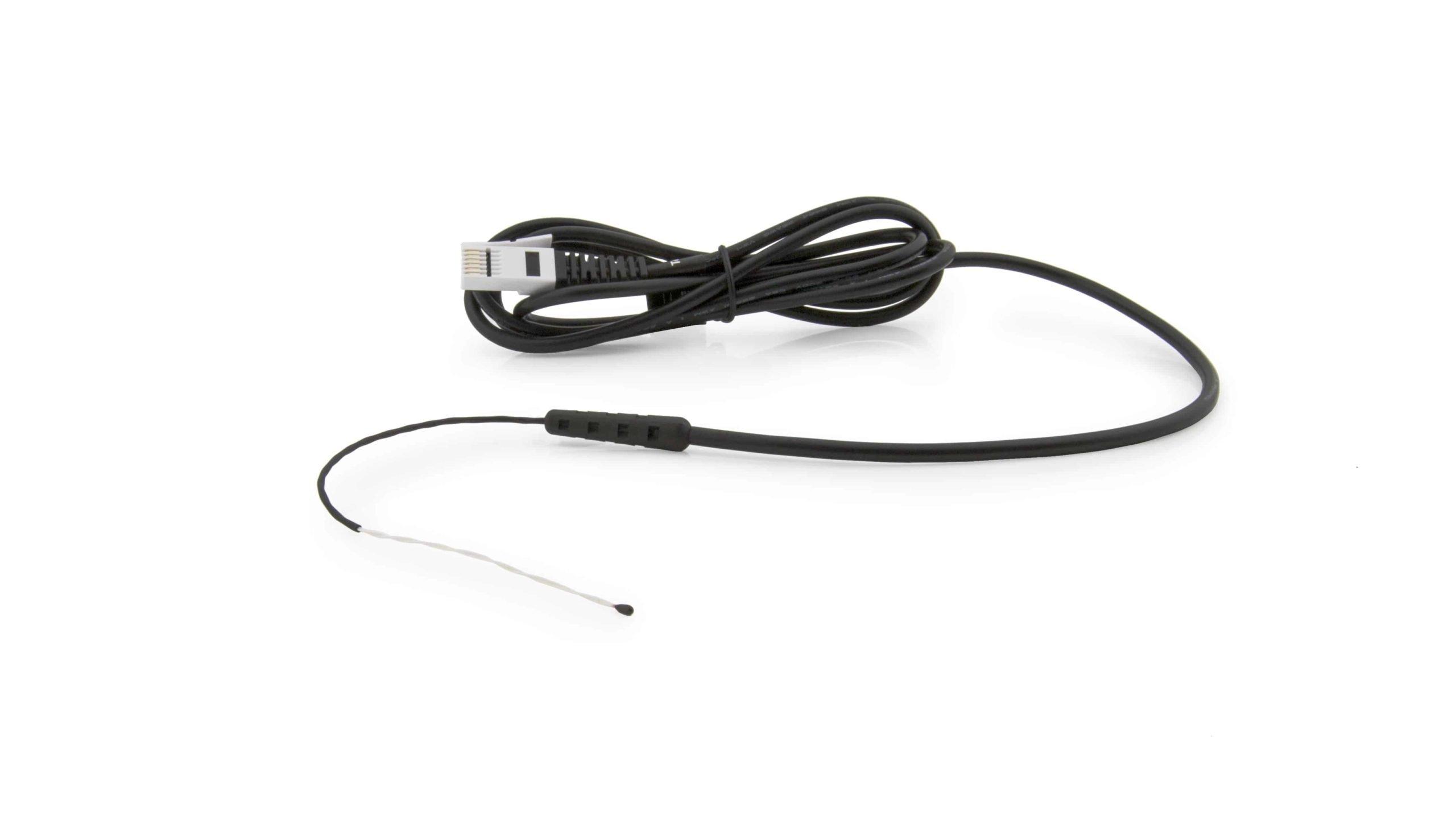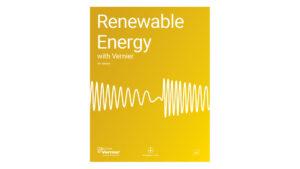Effect of Temperature on Solar Panel Output
Experiment #20 from Renewable Energy with Vernier
- Education Level
- High School
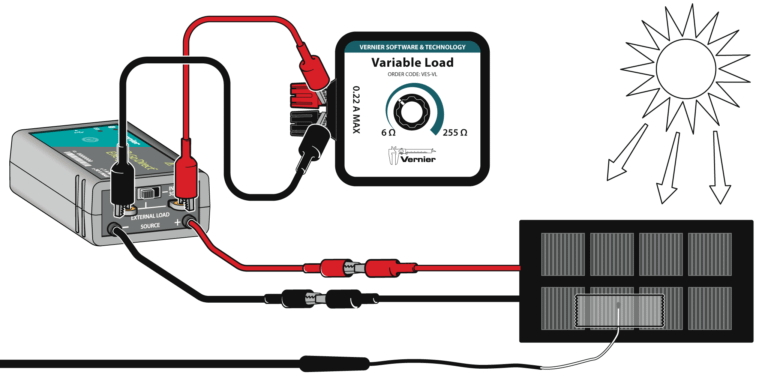
Introduction
Temperature affects a solar panel in multiple ways. As solar panels are made from silicon, one factor is the effect of temperature on the silicon. Higher temperatures mean increased thermal motion of the electrons in the material, resulting in a lower energy threshold for electrons to become mobile charge carriers, resulting in a current. Because it takes less energy to create current, the maximum voltage (VOC) of the solar panel decreases as the temperature increases, while the maximum possible current (ISC) increases.
Accompanying the change in the properties of the semiconductor, the characteristic resistance of the solar panel may change as well. The silicon generally decreases in resistance as temperature increases, but the metal contacts on the top and bottom of the solar panel will behave in the opposite way. The resistance of conductors generally increases as temperature increases.
With a minimum of four ways the properties of the solar panel are changing as temperature changes, it may seem challenging to predict how the maximum power output will be affected by changing in temperature. However, it is not necessary to have an understanding of solid state physics to determine the effect of temperature on the maximum power output of a solar panel. In this experiment, you will start with a cold solar panel, and let it warm up in the sun. As the solar panel warms, you will measure the power output using an Energy Sensor.
Objectives
- Use an Energy Sensor to measure power output while varying the temperature of a solar panel.
- Understand how temperature affects power output for a solar panel.
Sensors and Equipment
This experiment features the following sensors and equipment. Additional equipment may be required.
Ready to Experiment?
Ask an Expert
Get answers to your questions about how to teach this experiment with our support team.
- Call toll-free: 888-837-6437
- Chat with Us
- Email support@vernier.com
Purchase the Lab Book
This experiment is #20 of Renewable Energy with Vernier. The experiment in the book includes student instructions as well as instructor information for set up, helpful hints, and sample graphs and data.

